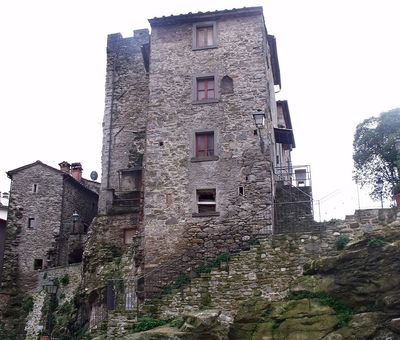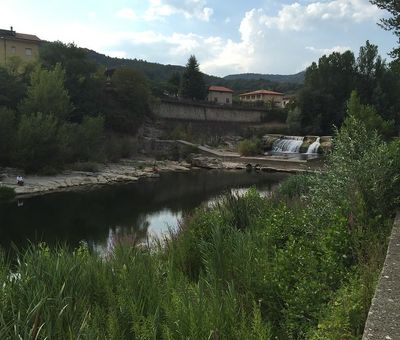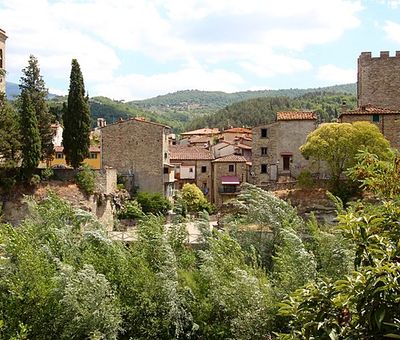The golden calf
Today, it’s a stately palazzo, but the characteristics reveal an ancient keep, especially evident in the tower. Subbiano was undoubtedly an important centre of communication and control of the territory in Roman times. Even during the Middle Ages, castles continued to be built on the surrounding hills. In the locality of Vogognano, for example, Castellaccio can be found, its foundations said to hold a treasure that no one has ever managed to bring to light. It’s one of the many legends that have passed through the centuries in Casentino and tells of a golden calf, the size of an actual calf, said to be buried right under the castle walls. It could have been a treasure of the Templar monks of Camaldoli. Over the years, many have sought to uncover it, but without success.
A long time ago, there was a water mill.
Yet, they can still be found. Falciano holds one such example, working the way it did hundreds of years ago. The thrust of the water on the blades determines a motion that’s transmitted to an axis which then makes a millstone turn. The miller could adjust the intensity of the water jet, and consequently the speed of the revolutions, as well as the distance between the millstones to obtain different products from corn, wheat, chestnuts. The cereals were crushed and pulverized, producing the flour by centrifugal force which descended through grooves towards the edge of the grinding system where it was conveyed into a bin and collected in bags. The equipment of a mill was completed by a lever scales for weighing, stai to sift the flour and, of course, sacks and baskets.
Medieval dinner in the village
Walking through the historic area along via Roma, stop at the headquarters of the Historical Reenactment Group of Subbiano where the hand-embroidered banners of the centuries-old Subbianese families are on display, such as those of the Alberti di Catenaia and Della Fioraia. You can also find the clothes of ladies, armigers and lords from the 1300s, skillfully made according to historical dictates by the group. Members of the group are joined by flag-wavers and musicians who parade with trumpets and drums, marking the warfare and processing in costume. Every year in Subbiano, you can experience a fourteenth-century atmosphere in the month of July when a Medieval dinner is offered in the historic area. The typical foods of Casentino are served and a warm atmosphere is created by jesters, musicians, figures and torches that light up the sky. The same atmosphere then returns in September when the Submission to the Florentine Republic is revived in the square of the Castle of Subbiano.







